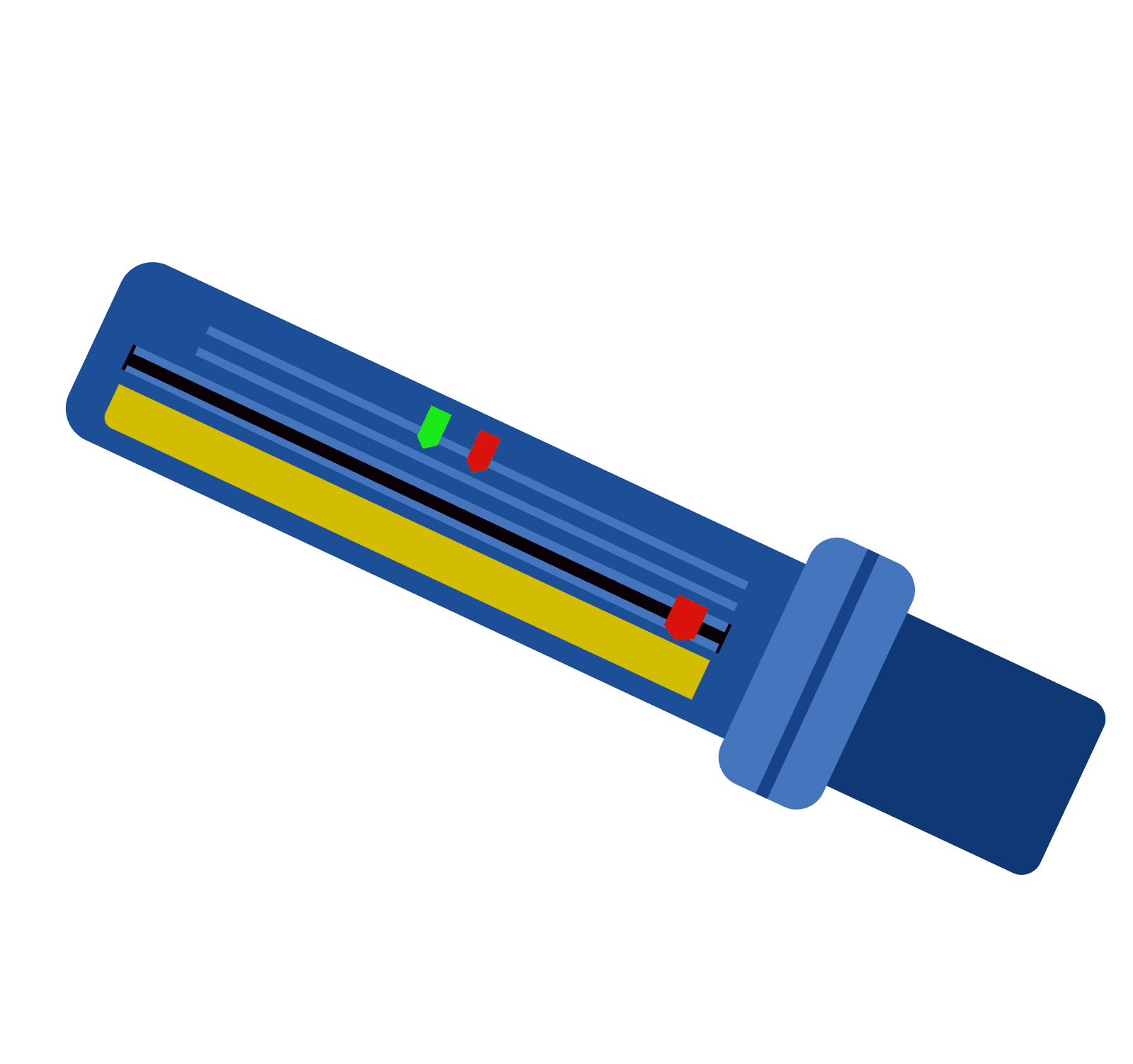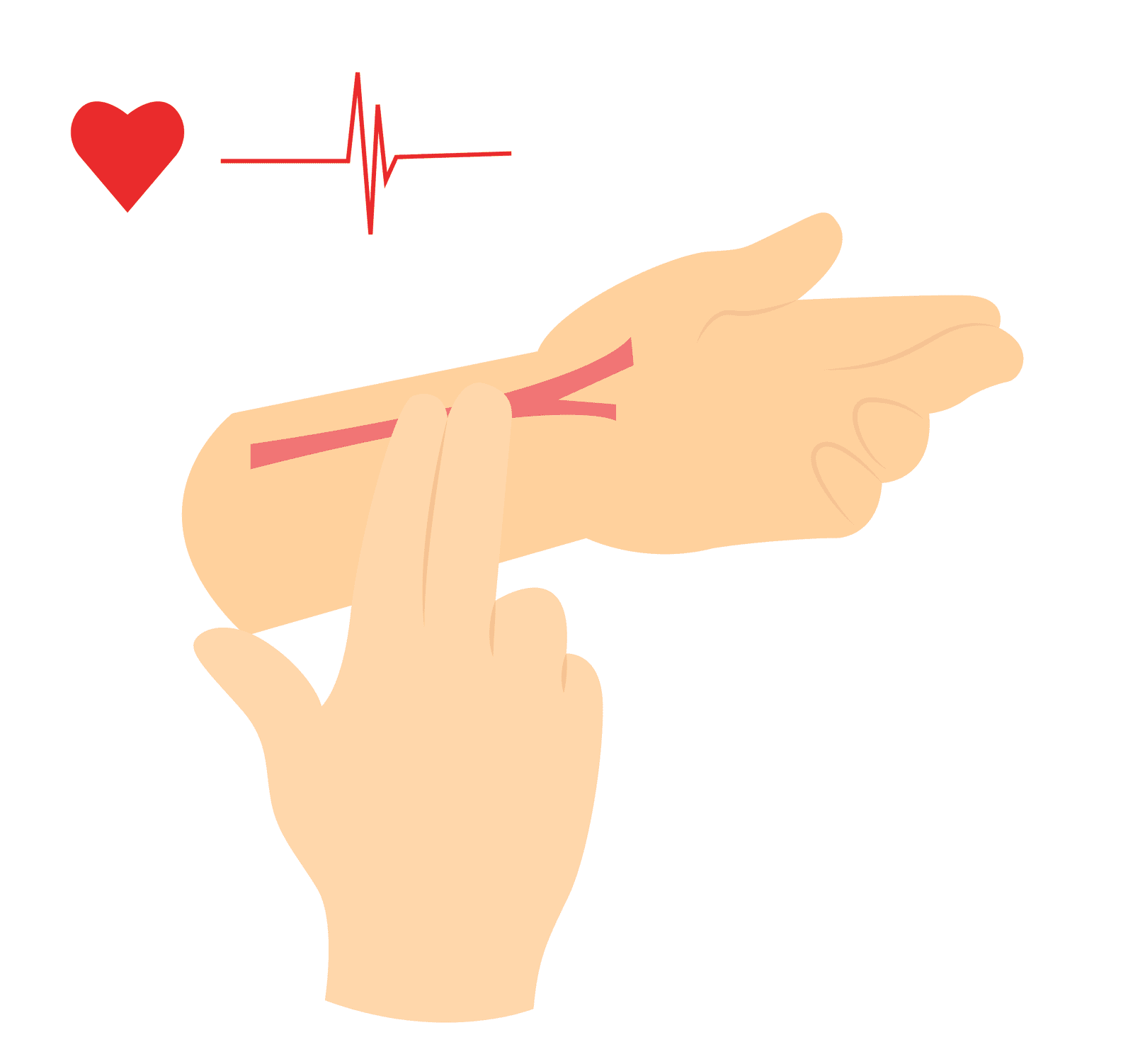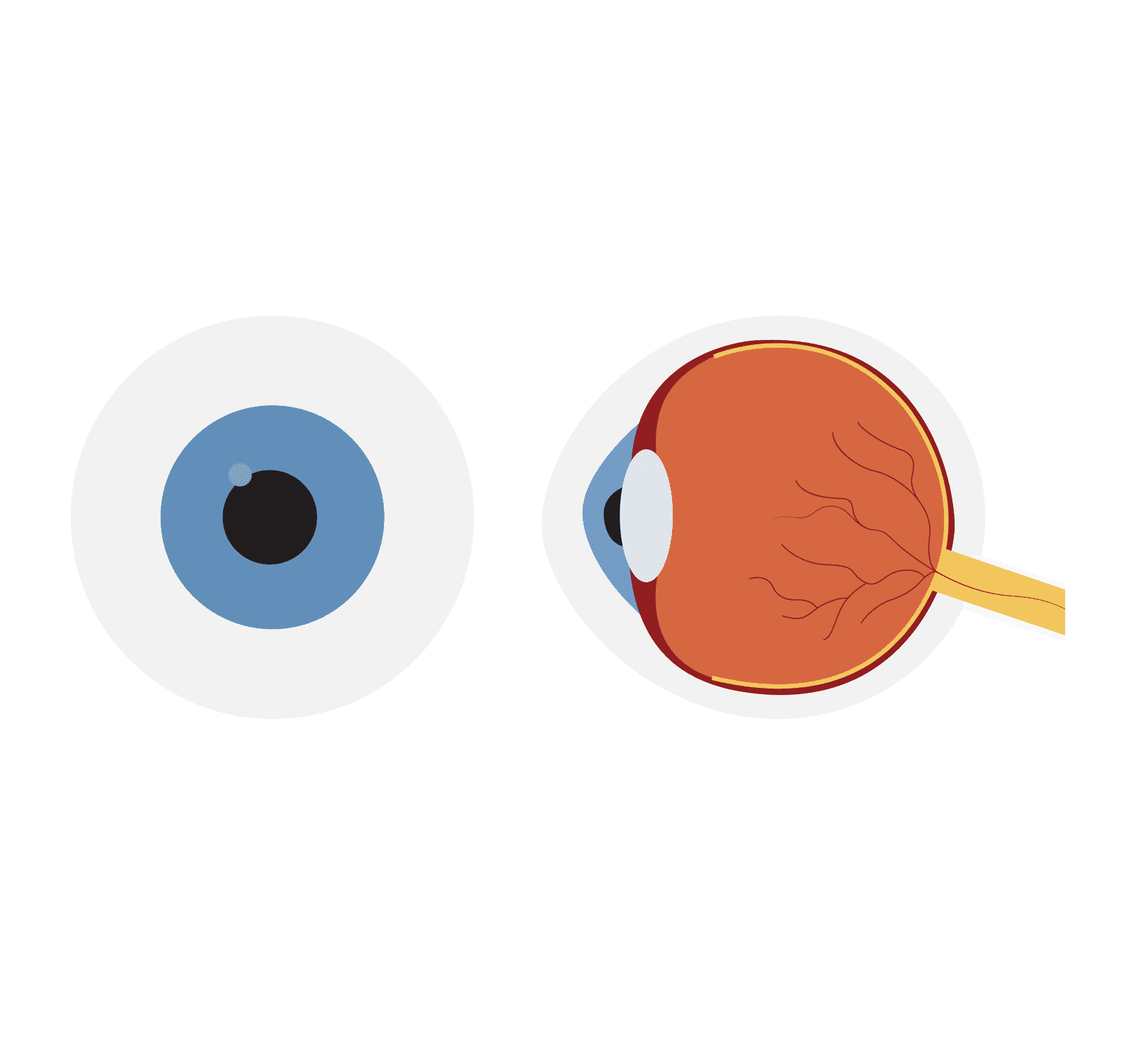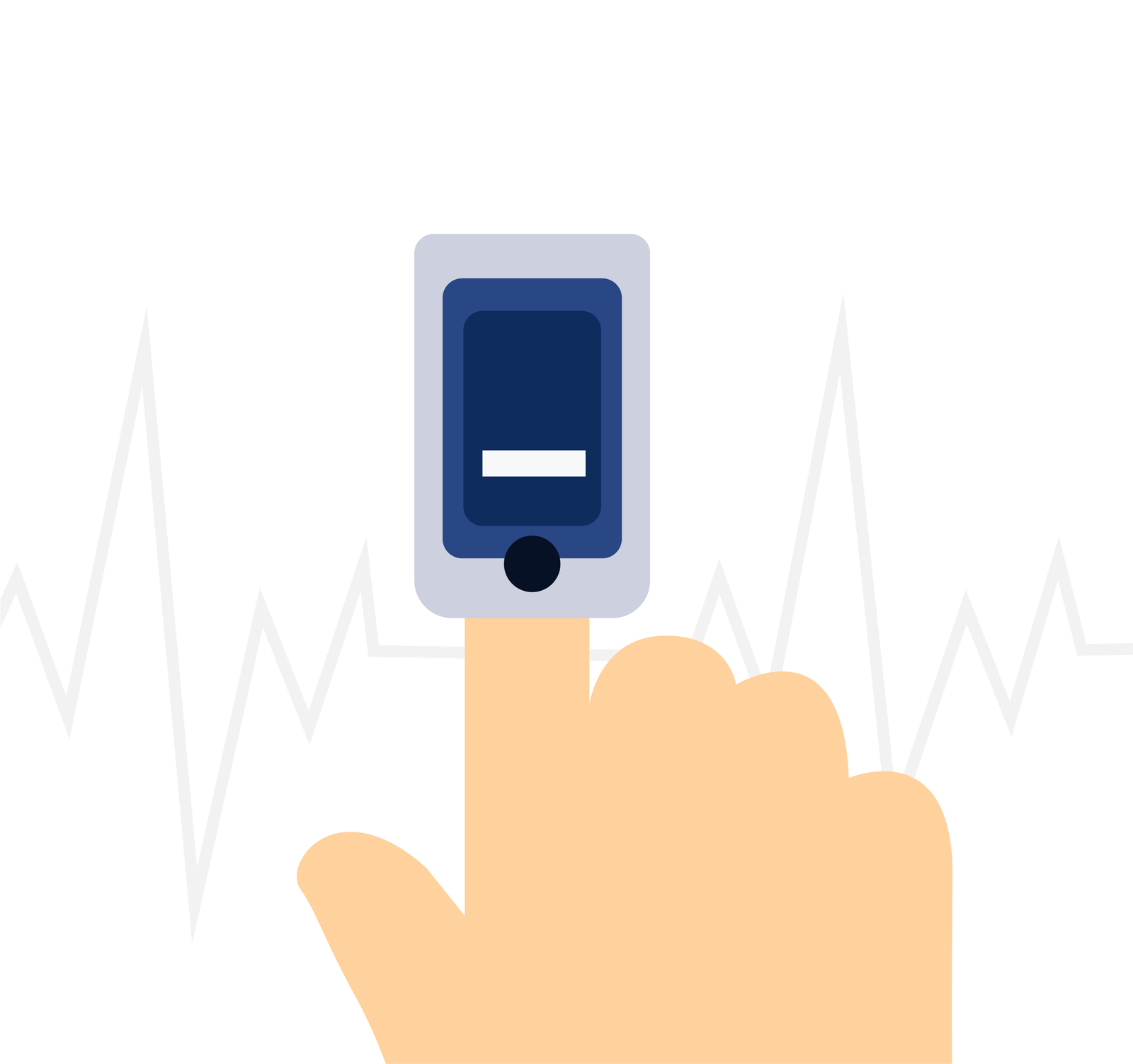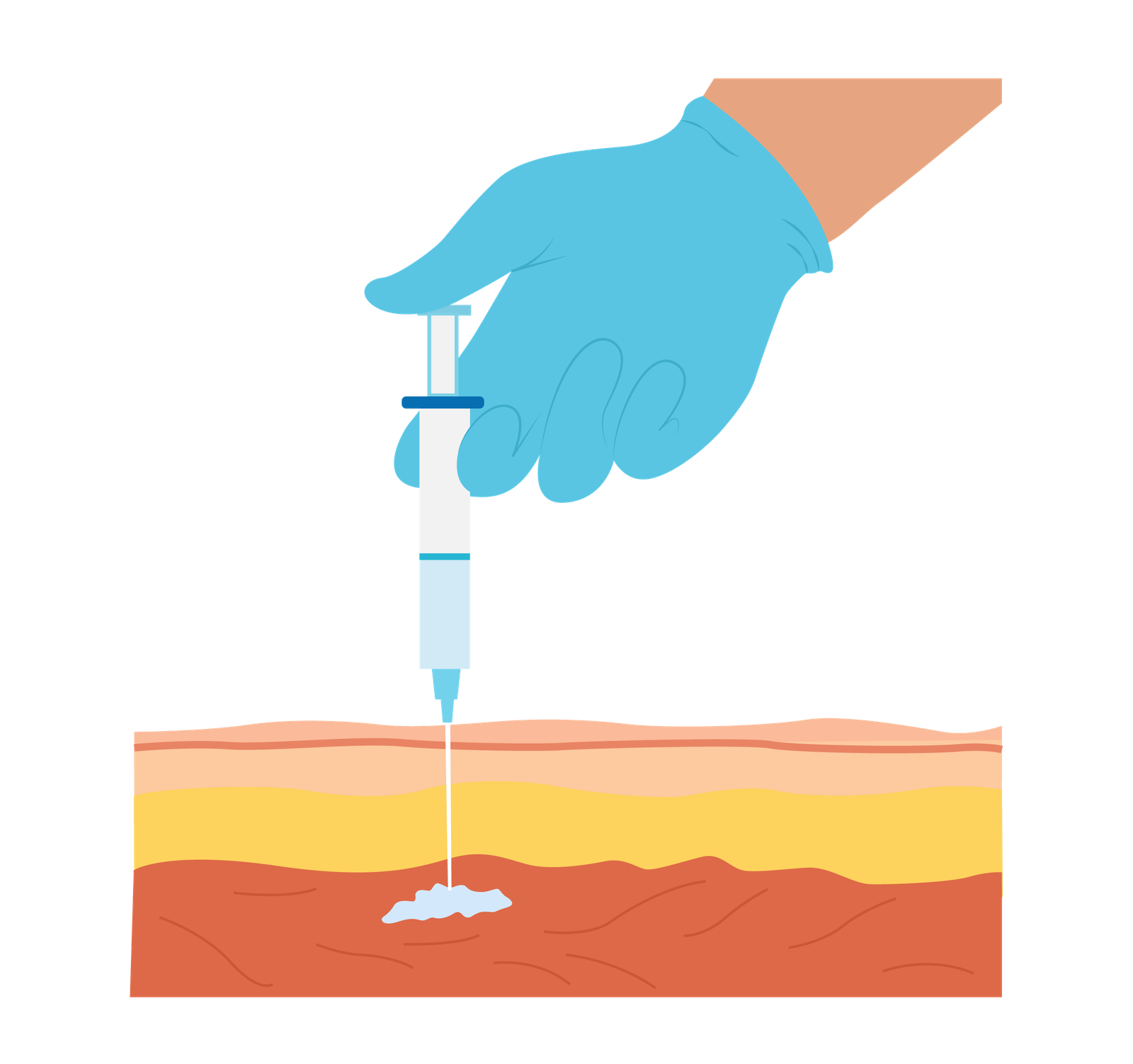P Waves
Introduction To P Waves
P waves are the first visible deflection on the ECG. It represents the depolarisation of the atria, which initiates the cardiac cycle.
The electrical impulse originates in the sinoatrial (SA) node, which is often referred as the ‘natural pacemaker’ of the heart.
Depending upon which lead is viewed will dictate the characteristics of the P wave.

Formation Of P Waves
As mentioned above, the P wave represent atrial depolarisation. In normal circumstances the right atrium contracts just before the left atrium as the SA node is positioned closer to the right atrium.
The combination of right and left atrium contraction forms the P wave.
The first 1/3 of the P wave indicates right atrial contraction. Whereas the last 1/3 of the P wave indicates left atrial contraction. The middle 1/3 of the P wave is the combination of both atriums contracting.
Looking at specific leads and using the cardiac axis will determine the p wave deflections. For example, in Lead II the electrical activity for both the right and left atrium moves towards the lead causing a positive deflection.

Normal P Wave Characteristics
Morphology is covered in the section below however a smooth contour will be seen.
Normal P wave axis is between 0 and +75. Depending upon which lead is viewed, P waves should be upright in leads I and II and inverted in aVR.
Duration of P waves < 120ms (0.12s)
Amplitude in limb leads < 2.5mm (0.25mV) and precordial leads < 1.5mm (0.15mV)
The easiest way to view atrial abnormalities is looking at inferior leads (II, III and aVF) and V1 as P waves are the most prominent. Limb leads are useful to identify atrial abnormality whereas V1 is useful to identify which atrium exhibits these abnormalities.

Normal P Wave Morphology
Lead II
The right atrium is depolarised then followed by the left atrium. The combined is less than 120ms and less than 2.5mm high. The morphology is described as Monophasic

Lead V1
P waves seen in V1 are biphasic. The view from V1 shows the right and left atrial deflections in opposite directions. This produces the biphasic wave with the positive deflection indicating right atrial depolarisation and the negative deflection signifying left atrial depolarisation.

Right Atrial Enlargement – P Waves
Lead II
If right atrial enlargement is present, the depolarisation of the right atrium lasts longer than normal. The amplitude remains unchanged for right atrial depolarisation however due to the increase duration it now continues to depolarise as the left atria depolarises. This causes a large amplitude as now two waveforms are combined.
In summary, amplitude > 2.5mm (0.25mV) and duration remaining unchanged (< 120ms).

Lead V1
When looking at V1, the p wave would have increased height in the positive deflection (> 1.5mm). Remember P waves in V1 are biphasic so the positive deflection would represent the right atrium.

Left Atrial Enlargement – P Waves
Lead II
Left atrial enlargement would cause the depolarisation of the left atrium to last longer (negative deflection). This would increase the duration of P waves > 120ms.
A notch may been seen ‘P mitrale’

Lead V1
Lead V1 would show widening > 40ms and increased depth in the negative deflection of the p waves >1mm.

Biatrial Enlargement
Biatrial enlargement is when both the left and right atrial enlargement features are present on the ECG. Lead II would be prolonged and large in amplitude. V1 would have features of right and left atrial enlargement, see image below.

Other P Wave Abnormalities
P Pulmonale
If right atrial enlargement is present, P pulmonale may be present. P pulmonale is identified by tall, peaked P waves and most common caused by pulmonary hypertension.

P Mitrale
As mentioned in left atrial enlargement, lead II may show P Mitrale. P Mitrale is identified by the broad, notched P waves and is mainly due to mitral stenosis which causes left atrial enlargement.

Inverted P Waves
Looking at the inferior leads with inverted p waves can indicate a non-sinus origin of the P waves. If PR interval > 120ms then the origin is within the atria, if PR interval < 120ms, the origin is from the junction.

Variable P Wave Morphology
Sometimes, leads may show multiple P Wave morphologies. If this is the case, this indicates multiple ectopic pacemakers within the atria and/or AV junction. When 3 or more different morphologies are seen, this is classed as multifocal atrial rhythm.

Conclusion
P waves are vital components of the ECG, providing critical information about atrial depolarization. Understanding its characteristics and variations is essential for diagnosing and managing various cardiac condition such as left or right atrium enlargement.
Key Points
- Correct placement of limb and precordial leads is important to obtain an accurate ECG
- Standard speed for ECG recordings is 25 mm/s and the standard amplitude is 1mV
- There are many unwanted interference or disturbances that may cause artifacts in ECGs.
Bibliography
Joint Royal Colleges Ambulance Liaison Committee and Association of Ambulance Chief Executives (2022). JRCALC Clinical Guidelines 2022. Class Professional Publishing
Tung, R. T. (2021). Electrocardiographic Limb Leads Placement and Its Clinical Implication: Two Cases of Electrocardiographic Illustrations. Kansas Journal of Medicine, 14, 229–230. https://doi.org/10.17161/kjm.vol1415259
Introduction To The P Waves
P waves are the first visible deflection on the ECG. It represents the depolarisation of the atria, which initiates the cardiac cycle.
The electrical impulse originates in the sinoatrial (SA) node, which is often referred as the ‘natural pacemaker’ of the heart.
Depending upon which lead is viewed will dictate the characteristics of the P wave.

Formation Of P Waves
As mentioned above, the P wave represent atrial depolarisation. In normal circumstances the right atrium contracts just before the left atrium as the SA node is positioned closer to the right atrium.
The combination of right and left atrium contraction forms the P wave.
The first 1/3 of the P wave indicates right atrial contraction. Whereas the last 1/3 of the P wave indicates left atrial contraction. The middle 1/3 of the P wave is the combination of both atriums contracting.
Looking at specific leads and using the cardiac axis will determine the p wave deflections. For example, in Lead II the electrical activity for both the right and left atrium moves towards the lead causing a positive deflection.

Normal P Wave Characteristics
Morphology is covered in the section below however a smooth contour will be seen.
Normal P wave axis is between 0 and +75. Depending upon which lead is viewed, P waves should be upright in leads I and II and inverted in aVR.
Duration of P waves < 120ms (0.12s)
Amplitude in limb leads < 2.5mm (0.25mV) and precordial leads < 1.5mm (0.15mV)
The easiest way to view atrial abnormalities is looking at inferior leads (II, III and aVF) and V1 as P waves are the most prominent. Limb leads are useful to identify atrial abnormality whereas V1 is useful to identify which atrium exhibits these abnormalities.

Normal P Wave Morphology
Lead II
The right atrium is depolarised then followed by the left atrium. The combined is less than 120ms and less than 2.5mm high. The morphology is described as Monophasic

Lead V1
P waves seen in V1 are biphasic. The view from V1 shows the right and left atrial deflections in opposite directions. This produces the biphasic wave with the positive deflection indicating right atrial depolarisation and the negative deflection signifying left atrial depolarisation.

Right Atrial Enlargement – P Waves
Lead II
If right atrial enlargement is present, the depolarisation of the right atrium lasts longer than normal. The amplitude remains unchanged for right atrial depolarisation however due to the increase duration it now continues to depolarise as the left atria depolarises. This causes a large amplitude as now two waveforms are combined.
In summary, amplitude > 2.5mm (0.25mV) and duration remaining unchanged (< 120ms).

Lead V1
When looking at V1, the p wave would have increased height in the positive deflection (> 1.5mm). Remember P waves in V1 are biphasic so the positive deflection would represent the right atrium.

Left Atrial Enlargement – P Waves
Lead II
Left atrial enlargement would cause the depolarisation of the left atrium to last longer (negative deflection). This would increase the duration of P waves > 120ms.
A notch may been seen ‘P mitrale’

Lead V1
Lead V1 would show widening > 40ms and increased depth in the negative deflection of the p waves >1mm.

Biatrial Enlargement
Biatrial enlargement is when both the left and right atrial enlargement features are present on the ECG. Lead II would be prolonged and large in amplitude. V1 would have features of right and left atrial enlargement, see image below
Other P Wave Abnormalities
P Pulmonale
If right atrial enlargement is present, P pulmonale may be present. P pulmonale is identified by tall, peaked P waves and most common caused by pulmonary hypertension.

P Mitrale
As mentioned in left atrial enlargement, lead II may show P Mitrale. P Mitrale is identified by the broad, notched P waves and is mainly due to mitral stenosis which causes left atrial enlargement.

Inverted P Waves
Looking at the inferior leads with inverted p waves can indicate a non-sinus origin of the P waves. If PR interval > 120ms then the origin is within the atria, if PR interval < 120ms, the origin is from the junction.

Variable P Wave Morphology
Sometimes, leads may show multiple P Wave morphologies. If this is the case, this indicates multiple ectopic pacemakers within the atria and/or AV junction. When 3 or more different morphologies are seen, this is classed as multifocal atrial rhythm.

Conclusion
P waves are vital components of the ECG, providing critical information about atrial depolarization. Understanding its characteristics and variations is essential for diagnosing and managing various cardiac condition such as left or right atrium enlargement.
Key Points
- Correct placement of limb and precordial leads is important to obtain an accurate ECG
- Standard speed for ECG recordings is 25 mm/s and the standard amplitude is 1mV
- There are many unwanted interference or disturbances that may cause artifacts in ECGs.
Bibliography
RCEM Learning. (2022, November 28). Pelvic Management. RCEMLearning. https://www.rcemlearning.co.uk/pelvic-management
SAM Medical. (2021). PS-IS-EN-2 (English).pdf | Powered by Box. SAM Medical. https://sammedical.app.box.com/s/02s9rjylg9momg0knkzx56ii0kl30hcm
Scott, I., Porter, K., Laird, C., Bloch, M., & Greaves, I. (2013). The Pre-hospital Management of Pelvic Fractures: Initial Consensus Statement. https://fphc.rcsed.ac.uk/media/1765/the-pre-hospital-management-of-pelvic-fractures.pdf

